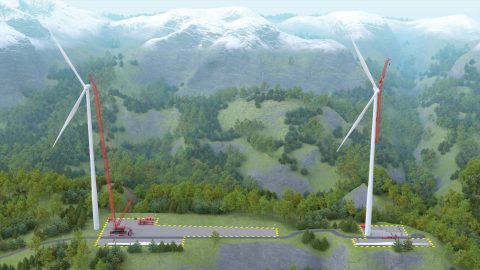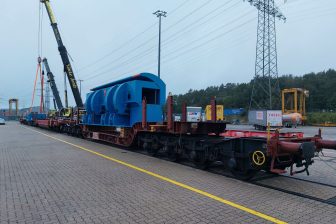
Vattenfall and Mammoet draw up a climbing crane concept for wind farms
Photo source: Vattenfall
Being able to prop up wind turbines onshore while reducing its carbon footprint is a major goal for Vattenfall. For this reason, the company partnered up with heavy lifting specialist Mammoet to develop an innovative solution that could unlock benefits for both the environment and local communities in the years ahead.
Want to read more?
You have read all of your free premium articles for this month. Please become a subscriber to keep reading.
Subscribe now!
Take advantage of our exclusive offer to get full access to all premium content.




